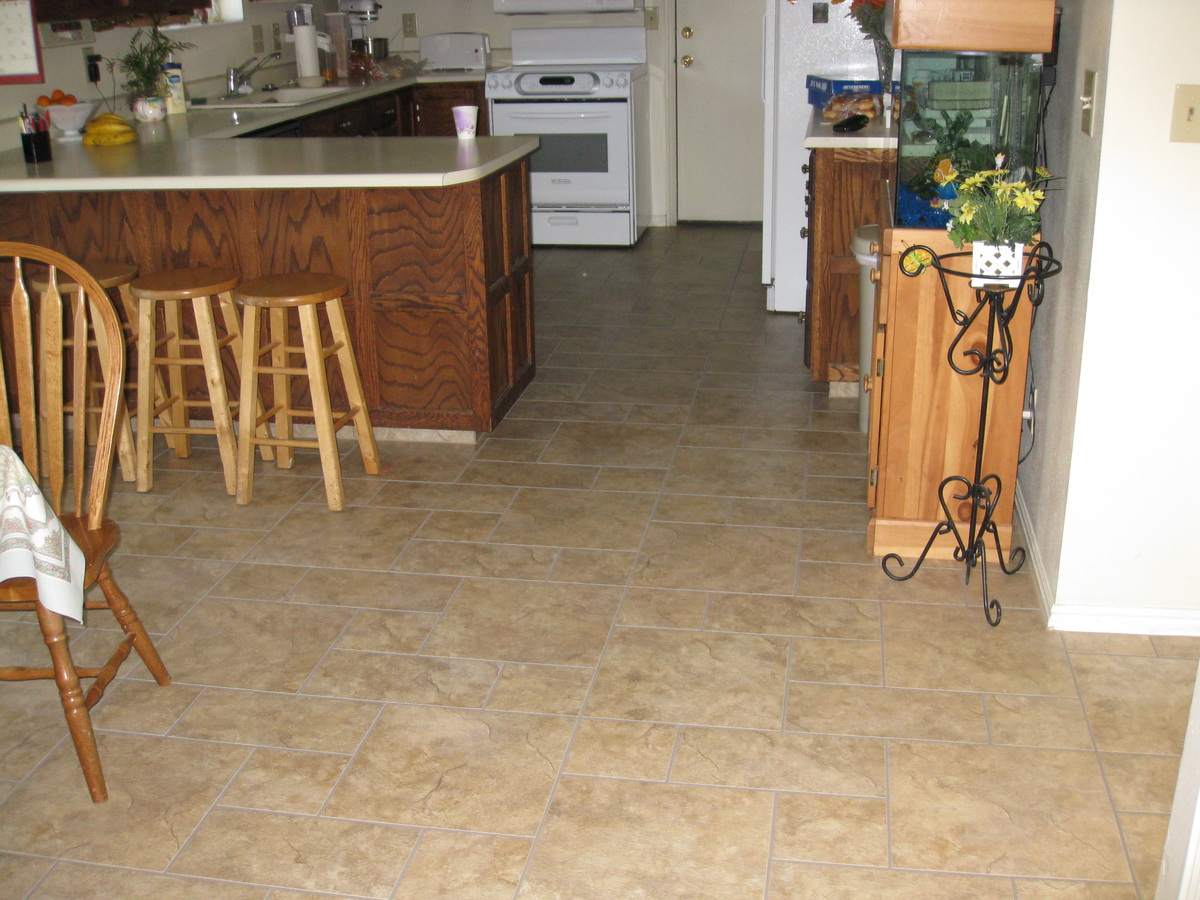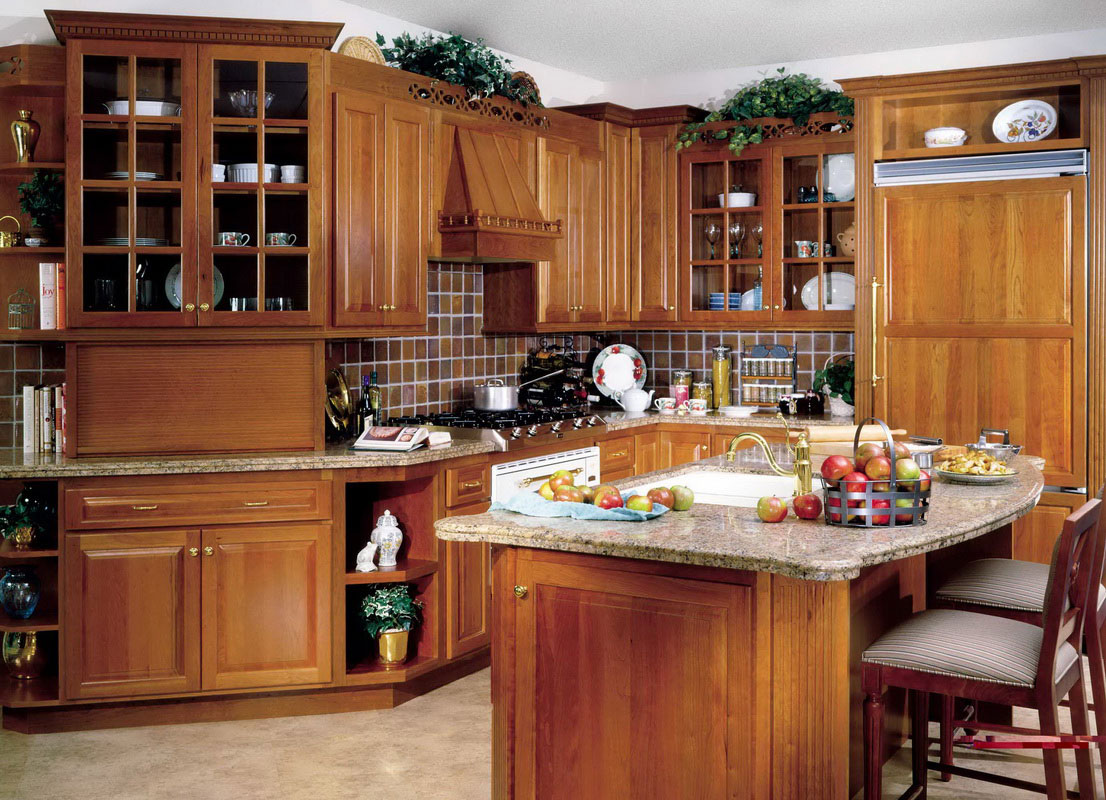Thinking of turning your kitchen into an eco-friendly haven? Wonderful!
While many get the impression that ‘going green’ can be very costly, nothing can be farther from the truth.
Nowadays, it is reassuring to know that there are a lot of affordable options available that offer the same environmental gains as their costly counterparts.
Whether or not you have a small kitchen to work with, you will find knowledge of the following eco-friendly options highly beneficial.
Green Flooring

Foot traffic and food spills are almost always inevitable in the kitchen. Taking that fact into account, opting for a sustainable floor is undoubtedly a sound idea.
Linoleum for example is considered by many to be one of the most environmentally-sound flooring alternatives available in the market.
This reputation is often attributed to the fact that it’s made from natural materials such as resins, wood dust and linseed oil. Aside from that, it’s more affordable compared to other flooring options.
Green Plumbing
Fortunately, when it comes to plumbing, there are plenty of affordable, yet renewable ideas you can look into.
For starters, rather than buying fancy sinks, opt for a stainless steel drop-in sink instead. Apart from its affordable price tag, stainless steel nowadays is made of 50 per cent to 80 per cent recycled steel.
Suffice it to say, you’re not only being practical, but more importantly you’re doing Mother Nature a huge favor as well.
Furthermore, consider installing faucet aerators to help you effectively cut down on your water usage.
Green Cabinetry

Most kitchen cabinets are made of particleboard and medium density fibreboard (MDF) that contain urea formaldehyde glue. These materials often contain harmful chemicals that can be detrimental to you and your family’s health.
Fortunately, as far as cabinets go, there are plenty of environment-friendly options available nowadays. Ideal alternatives include ones made out of wheatboard, FSC-certified plywood or formaldehyde-free MDF.
When it comes to finishes, opt for ones that are made from water-based sealants, low-VOC (volatile organic compounds) finishes, formaldehyde-free paints and solvent-free adhesives.
As for exteriors, materials deemed ideal include bamboo, stainless steel, wood and wood veneers.
Green Appliances
If you wish to dramatically reduce energy usage and minimise environmental footprints, the kitchen should be one of the first places you should look into.
In line with this, make sure your washing machine and other appliances that display the Energy Star rating as those are considered energy efficient.
Also, look into using a device that will turn off all your appliances with a single switch as it is known to reduce energy usage all the more. In addition, you can look into wiring overhead lights with their own switches as this will enable you to only turn on the lights you need.
Moreover, when cooking, consider using options that run using gas instead of electricity. Gas after all, is regarded as a cleaner and greener alternative compared to electric energy.
Green Countertops
Cutting and chopping are usually done in your countertops. With that in mind, it with work to your advantage to choose one that is both sturdy and sustainable.
When choosing eco-friendly countertops, ensure the substrate is made from earth-friendly products such as wheatboard, FSC-certified plywood, or formaldehyde-free MDF. Also, make it a point to steer clear of options that use particleboard or any materials that contain formaldehyde.
Aside from quartz and granite worktops, other environmentally sound options available at your disposal include:
Paper or glass composite counters
These are usually made out of recycled paper, wood pulp, crushed stone or recycled glass. The most popular manufacturers that offer these types include PaperStone, Vetrazzo, Richlite and Icestone.
Although some of these sturdy and durable materials contain resin or epoxy, they make up for it by not emitting off-gas.
Concrete
Aside from being highly durable and earth-friendly, concrete counters have become popular among homeowners due to their customizable and eye-catching stamping and coloring.
In addition, you can easily address possible concrete staining by sealing them periodically.
Wood
Although wood is a material commonly used in the household, it is advisable to choose ones that contain an FSC certification and use minimal VOC sealants and water-based finishes.
Stainless Steel
Stainless steel is typically made from recycled steel and therefore don’t release off-gas. However, while known to be very durable, they are susceptible to scratches.
Turning your kitchen into a highly sustainable area or an eco-friendly space can be challenging, but it can be done. Heed the above mentioned options and you can look forward to a kitchen that is kind to Mother Nature and your wallet!
If you liked Transforming your kitchen into an eco-friendly space, please share it on your social networking sites. Thank you.
Images:
Image one — Image two— Image three — Image four — Image five


Those are really nice idea about kitchens, and I loved them all. I am buying a new house and want an expert for Kitchens in Exeter to guide me with the process and the design. The way I liked your blog others will like it too.